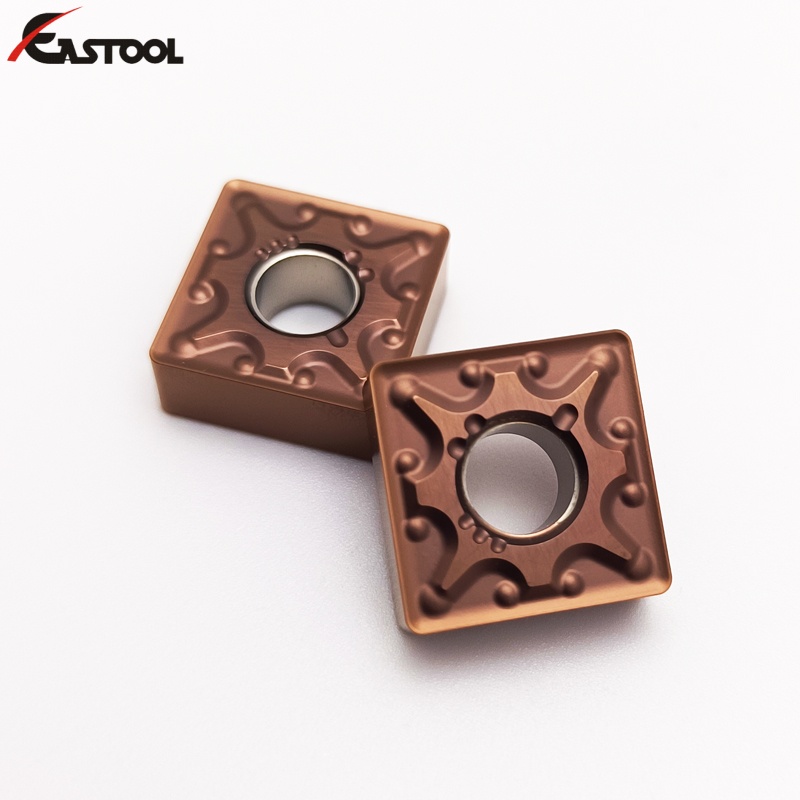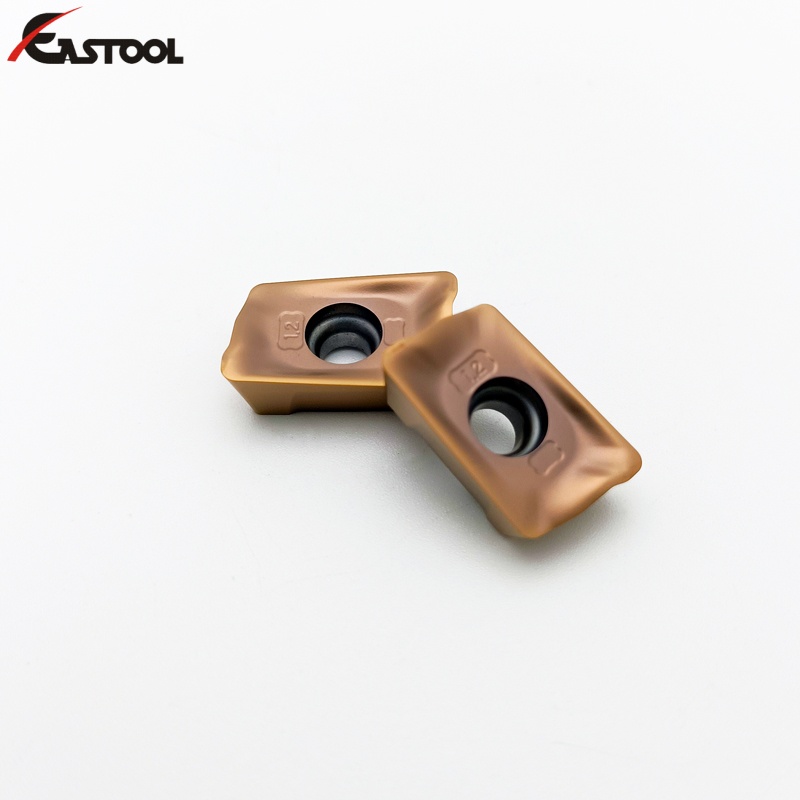Cutting tools of Cemented Carbide - cemented carbide milling insert
The purpose of coating carbide inserts is to enhance their performance, durability, and cutting capabilities. Coatings provide several benefits that contribute to the overall effectiveness of carbide inserts. Here are the main objectives of coating carbide inserts:
By improving wear resistance, reducing friction, and enhancing heat resistance, coatings significantly extend the tool life of carbide inserts. This reduces the frequency of tool changes, increases production uptime, and lowers tooling costs.
Coatings increase the hardness of the carbide inserts, making them more resistant to wear. This allows the inserts to withstand the high forces and temperatures generated during cutting operations, resulting in longer tool life and reduced tool replacement frequency.
Enhanced Performance in Specific Applications: Different coatings are designed to excel in specific machining applications or materials. For example, some coatings are optimized for high-speed machining, while others are suitable for cutting high-hardness or high-temperature alloys. Coatings can be tailored to specific requirements to achieve optimal performance. Overall, the purpose of coating carbide inserts is to improve their performance, increase their durability, and optimize their cutting capabilities. Coatings enhance wear resistance, reduce friction, improve heat resistance, extend tool life, and enable better performance in various machining applications.
Coatings reduce the friction between the carbide inserts and the workpiece, resulting in smoother cutting action. This minimizes heat generation and prevents the build-up of chips on the cutting edge, leading to improved chip evacuation and better surface finish.
Coated carbide inserts can withstand higher cutting speeds and feed rates due to their increased hardness and reduced friction. This results in faster machining times and higher productivity.
Coatings provide thermal stability to the carbide inserts, allowing them to withstand high temperatures without losing their hardness or deforming. This enables higher cutting speeds and feeds, increasing productivity and efficiency.

Item ID: SP200 NC3030 Order No: 1-02-022335 DIN4000-77-1 - Profile form 1 SKJ1






 18581906093
18581906093